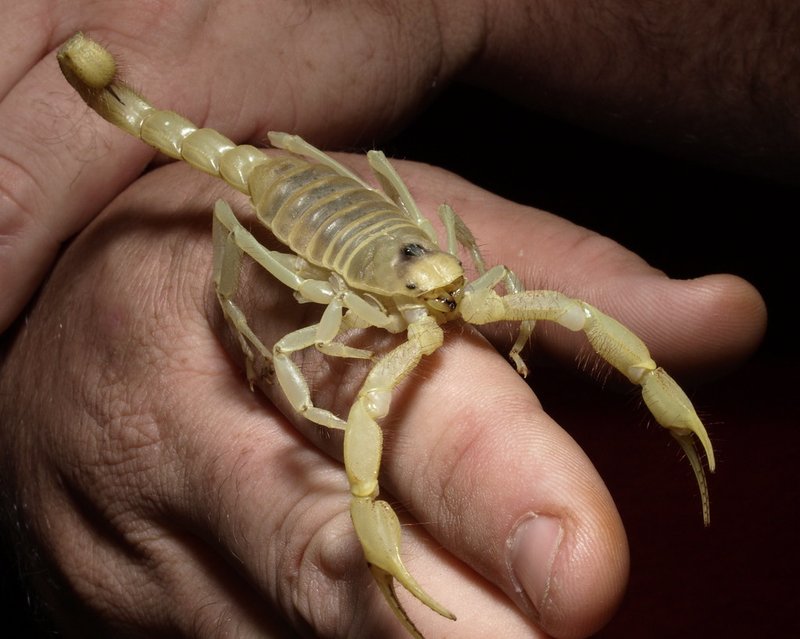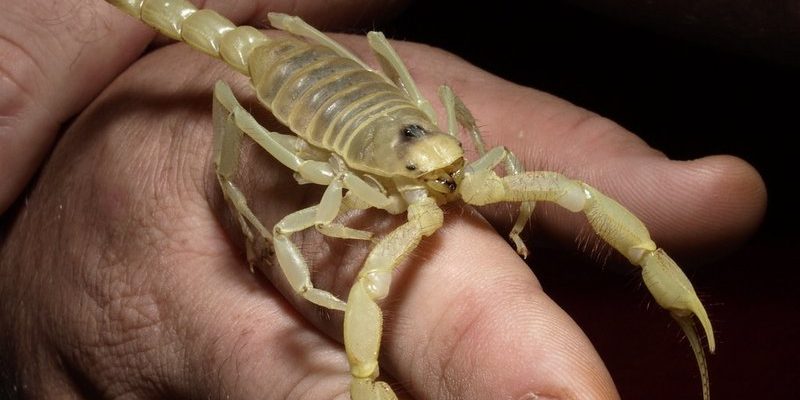
These remarkable creatures, scientifically known as *Hadrurus arizonensis*, are found in dry regions of the southwestern United States and parts of Mexico. They’re not just any old scorpions; they have unique adaptations that help them thrive in harsh environments. In this article, we’re diving into the world of the Giant Hairy Scorpion. We’ll explore their habitat, behavior, diet, and some truly fascinating facts that make them one of nature’s more remarkable creations.
What Makes the Giant Hairy Scorpion Unique?
The Giant Hairy Scorpion is indeed remarkable, and not just because of its size. One of the most striking features is its hairy exterior. These tiny hairs, or setae, serve a purpose beyond giving them a fuzzy appearance. They help the scorpion detect vibrations in the environment. Think of it like having a built-in alarm system. If a predator sneaks up, the scorpion can feel the vibrations and make a swift escape.
You might also be wondering about their color. These scorpions tend to be a sandy yellow to brownish hue, allowing them to blend into their desert surroundings seamlessly. This camouflage is a crucial survival tactic. It hides them from both predators and unsuspecting prey. Imagine a trained sniper, perfectly blending into the landscape—that’s the Giant Hairy Scorpion in its natural habitat!
Their Habitat and Range
Giant Hairy Scorpions love dry, sandy environments, such as deserts and arid landscapes. They are predominantly found in the Sonoran Desert in Arizona and parts of southern California, New Mexico, and northwestern Mexico. They prefer to burrow into the ground, creating cozy dens that provide protection from the extreme temperatures of their surroundings.
These burrows act like little shelters, keeping them cool during the blistering heat of the day and warm when nighttime temperatures drop. It’s quite impressive how they’ve adapted to live in such a harsh environment. Imagine coming home to your air-conditioned house after a long, hot day outside. That’s essentially what their burrows do for them!
Feeding Habits: What Do They Eat?
Now, let’s chat about their diet. Giant Hairy Scorpions are carnivorous creatures, and they primarily feed on insects, spiders, and even small rodents. Their hunting strategy is rather fascinating. They often use a combination of ambush and stealth, waiting patiently for their prey to come close enough before striking with their pincers.
Once they’ve captured their meal, they use their venom to subdue it. But here’s the kicker: their venom isn’t deadly to humans—though it can cause painful symptoms if they sting you. So, if you ever happen to encounter one, it’s best to keep a respectful distance. Think of it as a painful bee sting rather than a life-threatening encounter.
Behavior and Lifestyle
Giant Hairy Scorpions are primarily nocturnal, which means they do their hunting and exploring at night. This lifestyle helps them avoid the intense heat of the desert sun during the day. They tend to be solitary creatures, coming together only to mate. This solitary nature makes them quite fascinating; they truly live life on their own terms.
Interestingly, these scorpions exhibit a behavior called “phoresy,” where smaller animals, like some species of beetles, hitch a ride on their back. This might seem odd, but it allows the smaller creatures to travel without expending much energy and gives the scorpion a little extra company. Talk about an unexpected friendship in the wild!
Reproduction and Lifespan
When it comes to mating, the ritual is quite intricate and can be pretty romantic—if you can call it that for scorpions. Mating is a delicate dance involving courtship rituals that can last several hours. The male will grasp the female’s pincers and lead her in a series of movements until they find a suitable spot to mate. It’s almost like a tango in the desert!
After mating, the female Giant Hairy Scorpion can carry her young inside her body until they are ready to be born. This live birth is unique for scorpions, as many other arachnids lay eggs. Once born, the young scorpions climb onto their mother’s back for protection until they’re ready to venture into the world alone. This nurturing behavior is a lovely contrast to their tough exterior.
Are They Dangerous to Humans?
You might be asking yourself, “Are Giant Hairy Scorpions dangerous?” Here’s the thing: while they do possess venom, their sting is not considered lethal to humans. Most encounters with these scorpions result in mild pain and swelling—similar to a bee sting. However, if you are allergic to their venom or have certain medical conditions, it could lead to more severe reactions, so always exercise caution when dealing with any wild creature.
In general, they’re more interested in avoiding humans than attacking them. If you spot one in the wild, it’s best to give it space and let it go about its business. Like many animals, these scorpions play an important role in their ecosystem and help control the populations of insects and other small animals.
Conservation Status
Overall, the Giant Hairy Scorpion is considered a species of least concern, which is great news! They’re not currently facing significant threats, thanks to their adaptability to harsh environments. However, habitat destruction and climate change could pose challenges for them in the future.
By understanding and appreciating these incredible creatures, we can help ensure they continue to thrive in their natural habitats. Conservation efforts are vital for maintaining the delicate balance of ecosystems where species like the Giant Hairy Scorpion play essential roles. Let’s give a nod to these misunderstood giants—they deserve our respect and protection!
In conclusion, the Giant Hairy Scorpion is a remarkable creature with many fascinating traits. From their unique hunting methods to their social behaviors, there’s much to admire about these arachnids. Next time you think about scorpions, remember the awe and wonder of the Giant Hairy Scorpion, a true survivor in the wild!

